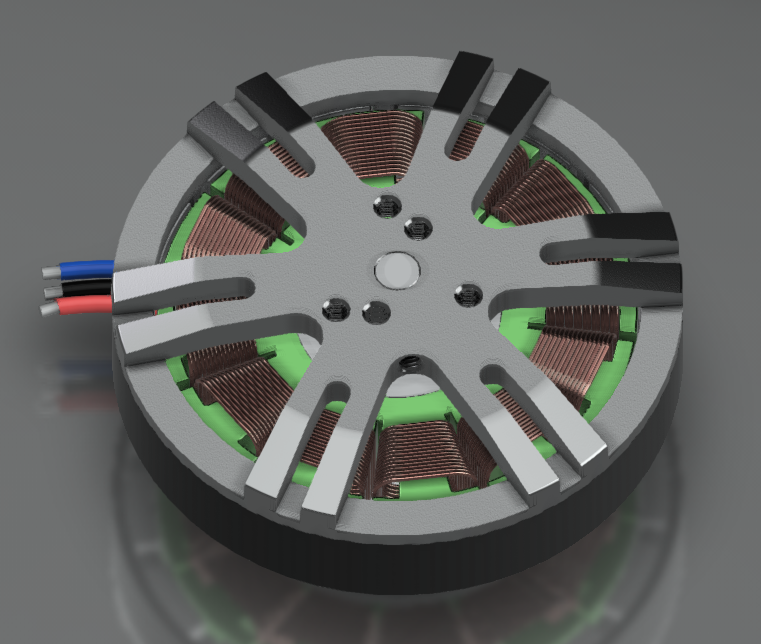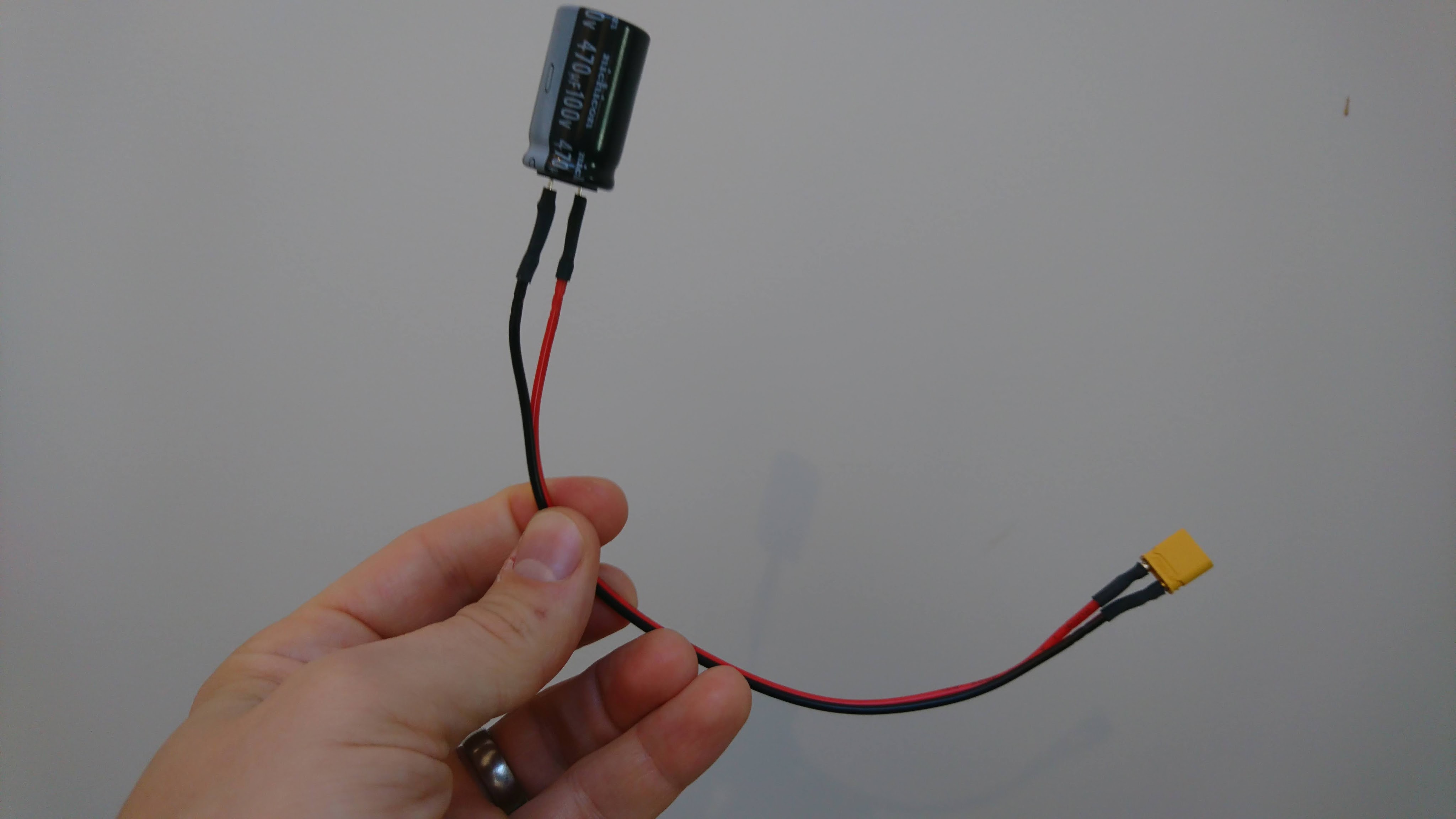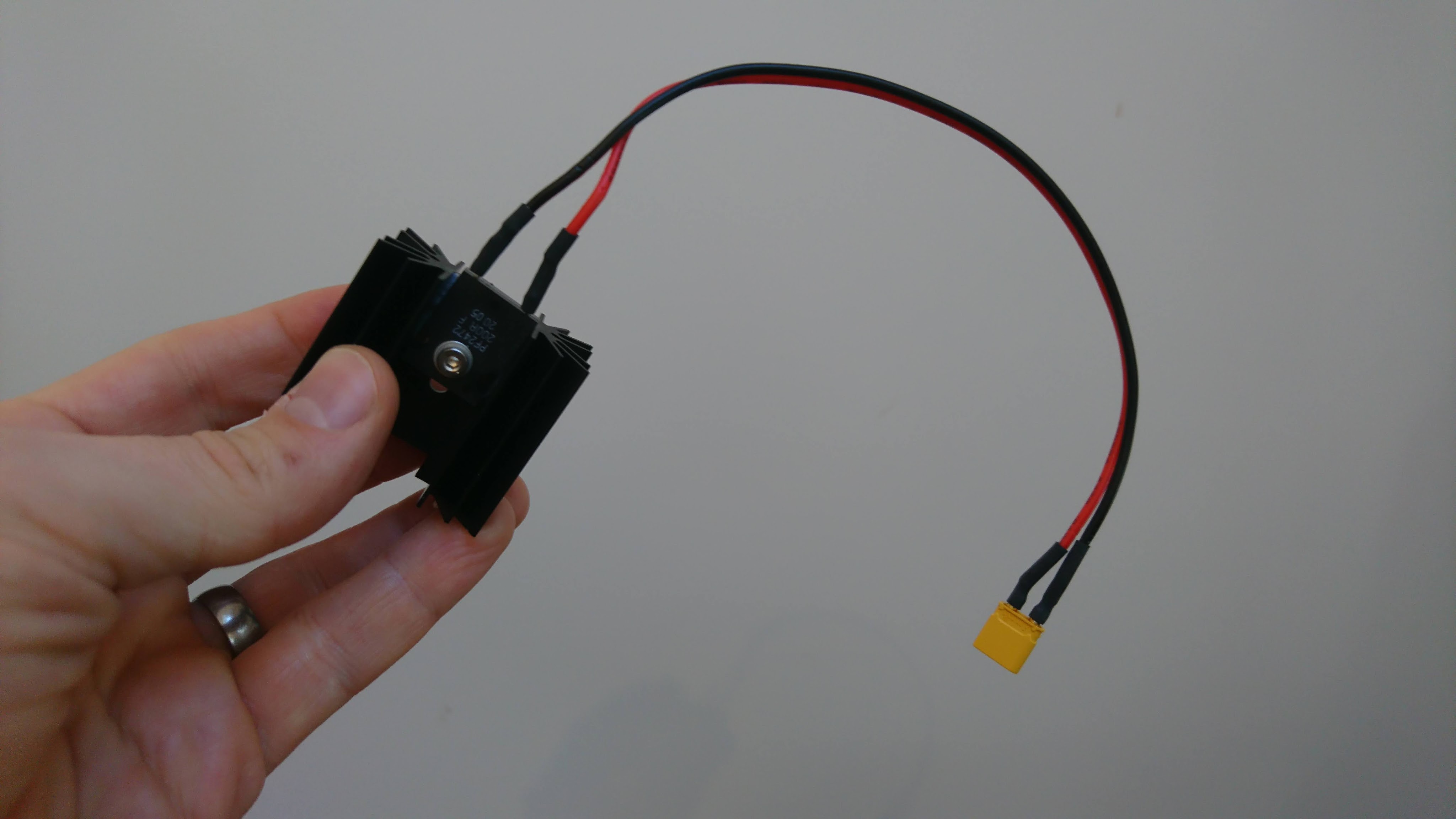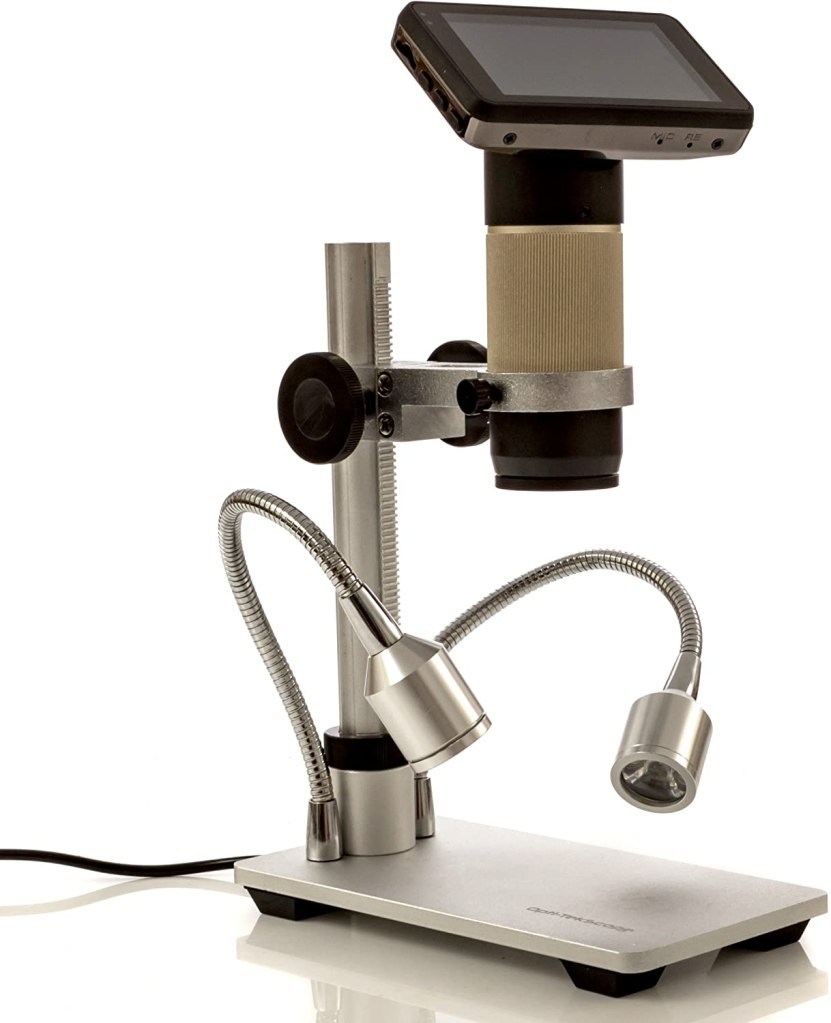moteus r4.5 updated drawings
For those who have been annoyed by the misplaced I2C connector on the r4.3 moteus model, I’ve finally updated the 2D and 3D mechanical drawings for the moteus controller in github:
https://github.com/mjbots/moteus/tree/main/hw/controller/r4.5
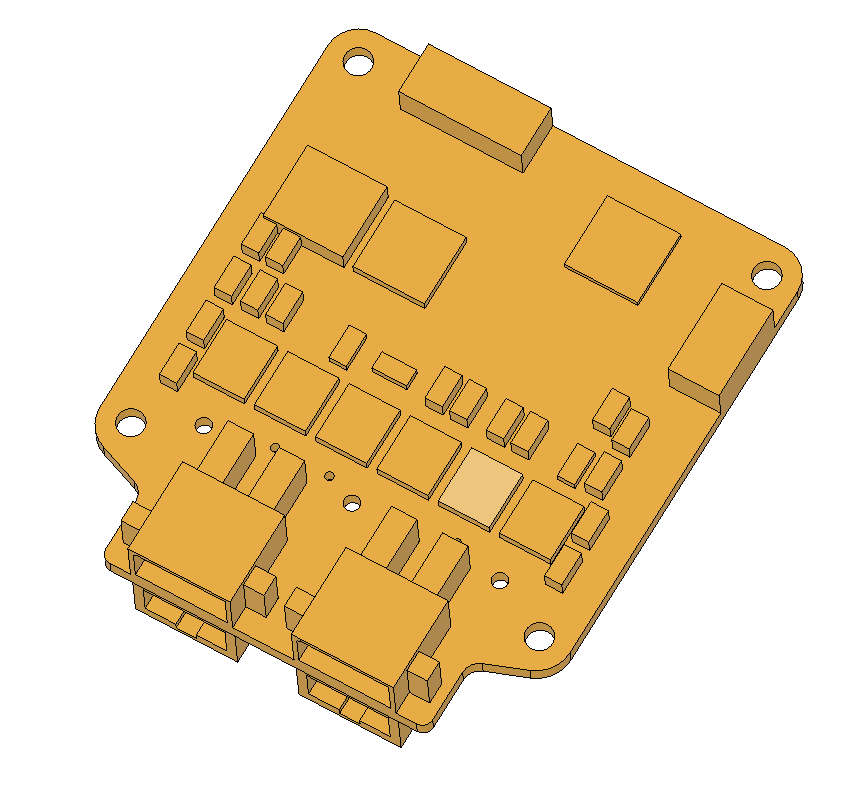
And in the same vein, we received a great user contribution from Rüdiger Koch-Kukies in the form of a solid model of the mj5208 motor!

